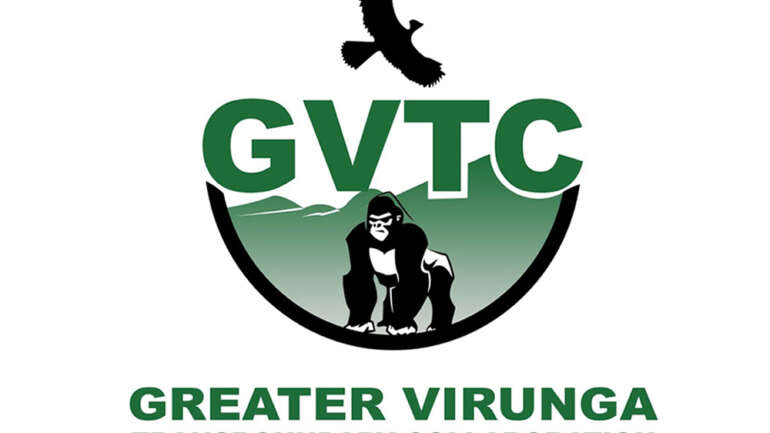Currently, there is an on going mountain gorilla census within the Virunga volcano regions which stretches to cover national parks of Virunga in the Mikeno sector of Congo, Volcanoes national park in Rwanda and Mgahinga in Uganda. The major gist for conducting the census is to determine if the conservation efforts injected into gorilla conservation to protect growth in numbers of the critically endangered mountain gorillas have been effective and have led to increase in mountain gorilla numbers so as to decide the way forward for mountain gorilla conservation. According to Carlos Drews, WWF’s global director of species conservation; the census will help conservatists determine the best conservation strategy, whether to build on the conservation successes of the past, to secure future existence of one of man’s closest living relatives. Secondly, this census is also focusing on the issues preserve the mountain gorillas and their habitat, which supports the livelihoods of communities in all three countries.”
This census follows the 2011 gorilla census which estimated 480 mountain gorillas in the Virunga stretch and after a period of 4 years another census is underway conducted by the Greater Virunga Transboundary Collaboration (GVTC) and supported by Fauna & Flora International (FFI) & WWF through the International Gorilla Conservation Programme (IGCP) and other partners.
Within the past three decades, mountain gorilla numbers have been seen to increase steadily with in the Virunga volcano region mainly due to the dedicated conservation efforts of rangers, conservationist organization and neighboring local communities as well as the governments collaborative efforts by the three Virunga region countries. This gives us a positive indication that the census will portray a stable increase in the gorilla numbers despite the threat to the gorilla habitat.
This census out come is anticipated to be released in 2017 and is going to comprise of comprehensive detailed information beyond the gorilla numbers, it will provide information on age and sex ratio, location of gorilla groups in relation to each other within the Virunga Massif region. At the moment, six teams of staff, from the different organization involved in the census have begun a systematically moving on foot through the Virunga Massif, looking for signs of mountain gorillas, recording mountain gorilla nest sites, and collecting faecal samples to be used for genetic analyses.
This means the census fingers will not be based on actual single gorilla sights but based on a number of factors put together from finding from the field from the different team organizations and lab work to interpret the information and samples collected so as to come up with accurate results. Therefore the census results are going to be the most accurate to date, based on recent advancements in science and technology including electronic data collection in the field to the genetic analyses conducted at the Max Planck Institute for Evolutionary Anthropology to the statistical analyses used to interpret the collected data of the Virunga massif mountain gorilla population.
